Listen to the interview with Alex Shevrin Venet and bink jones (transcript):
Sponsored by ExploreLearning and Listenwise
This page contains Bookshop.org links. When you make a purchase through these links, Cult of Pedagogy gets a small percentage of the sale at no extra cost to you. What’s the difference between Amazon and Bookshop.org?
Something has gone wrong in the way many schools are handling student behavior, and we need to talk about it.
I have been part of a larger push for discipline reform for nearly a decade now. I have promoted approaches to student behavior that prioritize things like relationship- and community-building, repairing harm, trauma-informed teaching, centering the voices of marginalized students, and reducing or eliminating exclusionary punishments.
Many of these practices could comfortably fall within the larger category of restorative justice, an approach to conflict resolution with Indigenous roots that is becoming more common in schools every year.
While this should be a positive development, a shift that results in improved behavior in every school that moves in that direction, that’s not what’s happening in every school. For a few years now, I’ve been hearing from teachers in various spaces that the discipline systems at their schools have completely broken down, creating an environment where students basically do whatever they want with no consequences. This has made teachers feel frustrated, angry, unsupported, and in some cases, unsafe.
In at least some of these schools, what I think is happening is that leadership has gotten a broad, “restorative justice light” message that Suspensions Are Bad, that in fact, any consequences at all are now taboo, and teachers should stop sending students to the office for behavior issues. In the rare circumstances when teachers do find this necessary, the student in question should be given a snack and sent back to class. This is not at ALL what restorative practices are supposed to look like, so it’s no wonder this approach isn’t working.
To get a clearer picture of how widespread this problem is, I conducted a survey of my readers, one for teachers and another for administrators. I found that indeed, this is a big problem in a lot of schools. A variety of problems are mentioned, including changes in student behavior since the pandemic, disengaged parents, and a shortage of qualified teachers, but I was most interested in looking at how the movement toward restorative approaches was impacting the overall discipline landscape. Here are a few numbers that stood out to me:
- Of the 641 public school teachers who responded (this was the biggest group of respondents), nearly 45 percent rated the overall effectiveness of student discipline at their schools as “somewhat ineffective” or “very ineffective.”
- Over half of public school teachers reported that their school had adopted restorative practices as part of their discipline approach (23 percent said they weren’t sure).
- Of those who said their school had implemented restorative practices, 61 percent reported that implementation was not going well, that there was confusion or inconsistency in how restorative practices were being used. Eleven percent said restorative practices were making discipline problems worse.
My gut tells me that the problem isn’t actually restorative practices; it’s the misunderstanding and misapplication of them. It’s poorly implemented or even barely implemented restorative practices.
Because I don’t have the training, the experience, or the vocabulary to flesh out this theory, I invited two people who have all of those things to talk to me about this problem: Alex Shevrin Venet, who has been on the podcast three times to talk about trauma-informed teaching, and bink jones, a restorative justice educator who works directly with schools to develop and implement restorative practices.


And we had a really good conversation. Alex and bink are well aware that restorative practices are getting a bad rap for all the wrong reasons, they unequivocally validate the frustrations teachers are experiencing, and they explain what they think is going wrong in schools that aren’t seeing good results from this framework. They offer a path forward for educators who are desperate for a healthy, respectful, productive climate in their schools. This is one of the longest podcast episodes I’ve ever done, but it’s worth every minute. You can listen to the full episode in the player above or read the transcript here. Below are some highlights.
Note on terminology: In this article and in our conversation, the terms restorative justice (RJ) and restorative practices are used somewhat interchangeably. I asked jones to explain the difference: “Restorative justice is the outcome. Justice is where we get to,” she said. “Restorative practices are the things we do to get us to justice.”
Why Restorative Practices Aren’t Working in Some Schools
In their work with schools, both of my guests have observed some common mistakes that are making the shift to restorative practices unsuccessful.
1. Insufficient Training
Probably the biggest issue is that some schools are not providing enough professional development to teachers in how to implement restorative practices. “Schools are giving five professional development hours to restorative justice and saying, great, we’re done,” Venet says. “How could you do that in five hours?”
Properly implemented restorative practices take years of training to get right, and that training requires a big shift in mindset.
“Restorative justice is not a program,” Venet explains. “It’s a paradigm. It’s actually a very radical paradigm shift. If you really look at it, what you’re asking schools to do when they implement RJ is reject what American society says about how we hold people accountable for harm and do something completely different. That is a huge ask. That’s taking what people have been taught their entire life about how should people be accountable when they break a law? What should happen to someone when they steal from you? What should happen to someone who commits violence? These are the core questions that RJ looks at and really tries to shift. Throwing them in jail doesn’t work. Giving them a fine doesn’t work. What does work is having tighter-knit communities where people are truly accountable to one another. It’s a lot messier than throwing people in jail and giving them a fine. It’s a lot slower than throwing people in jail and giving them a fine. And so applying that to school, you’re not only asking people to radically rethink student behavior, you’re also asking them to radically rethink all of their assumptions about right and wrong and the legal system in America.”
2. Skipping to the End
In schools where restorative practices aren’t working, leadership is often only changing the end — the punishment — and not doing all the building that’s necessary to form a foundation. If a school only removes exclusionary discipline but doesn’t do anything to build a restorative culture, the change in consequences is doomed to fail.
“Restorative justice is not a discipline program,” jones says. “It’s a new way of seeing. It’s a new way of being. It begins with connection. It begins with community. Everybody’s trying to start with the end, and it doesn’t work that way. It creates massive frustration and a massive lack of safety for teachers. When I hear teachers telling me about what’s happening under the name of ‘restorative justice,’ I get why they’re hungry for exclusionary discipline too, because it feels like the only thing that will save them.”
“You can’t restore to a relationship that didn’t exist in the first place,” Venet says. “If we don’t have a relationship, if I don’t really care that I impacted you, then why would I care about making it right with you?”
3. Expecting Fast Results
Schools that see restorative justice as just another program that can be quickly implemented are going to be disappointed.
“I spend the first year, the first two years sometimes, just talking about this mindset, just trying to convince people that this could work, that this is a way we could see accountability, that it is possible,” jones says. “All these grants come out and they want to see outcomes in the first year, they want to see suspensions change and detentions different and attendance is up. And it’s like, dude, by the end of the first year, hopefully I have teachers who are now feeling comfortable with the possibility that maybe this could work.”
4. Administrators Opting Out of Professional Development
“When you have this this disconnect between what happens with the admin and the teachers,” jones says, “a lot of times what happens is administrators don’t attend professional development. They have other stuff to do, more important things to do. And I can’t think of anything more important than this. If your goal is to change the culture of your school, every single person you can get in that room needs to be in that room. If my administrators aren’t there learning what I’m learning or being asked to do what I’m doing, how could they possibly support me? We need to start looking at how we’re spending our time, how we’re investing our resources and what we are saying are our priorities so there’s a common language, a common understanding. I may not know the exact action that my principal will take when a student lands in their office, but I do know the concept and the philosophy they’ll be approaching things with.”
5. Parents Kept Out of the Loop
For a new approach to discipline to work, parents need to be fully brought on board; otherwise, they’ll be incredibly confused and upset about why students aren’t getting the same consequences for behavior that they used to.
In schools where RJ is working, parents are treated as part of the whole community. “They aren’t calling asking what happened to the other kid because they already know, and they know what will happen when their child makes a mistake. When you have a thoroughly restorative culture built, you don’t have those calls that often because most people understand what’s happening.”
Recommended Reads

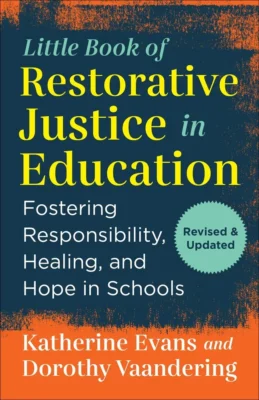
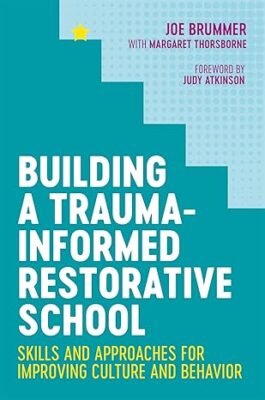
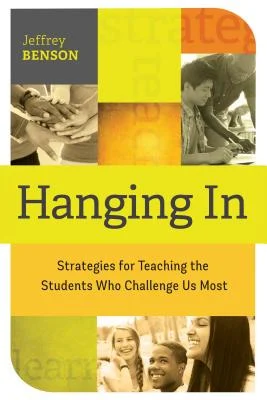
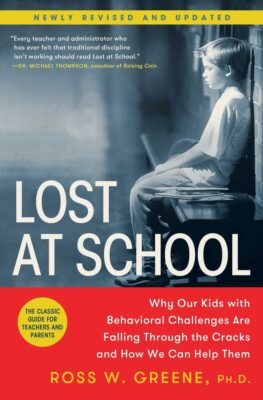

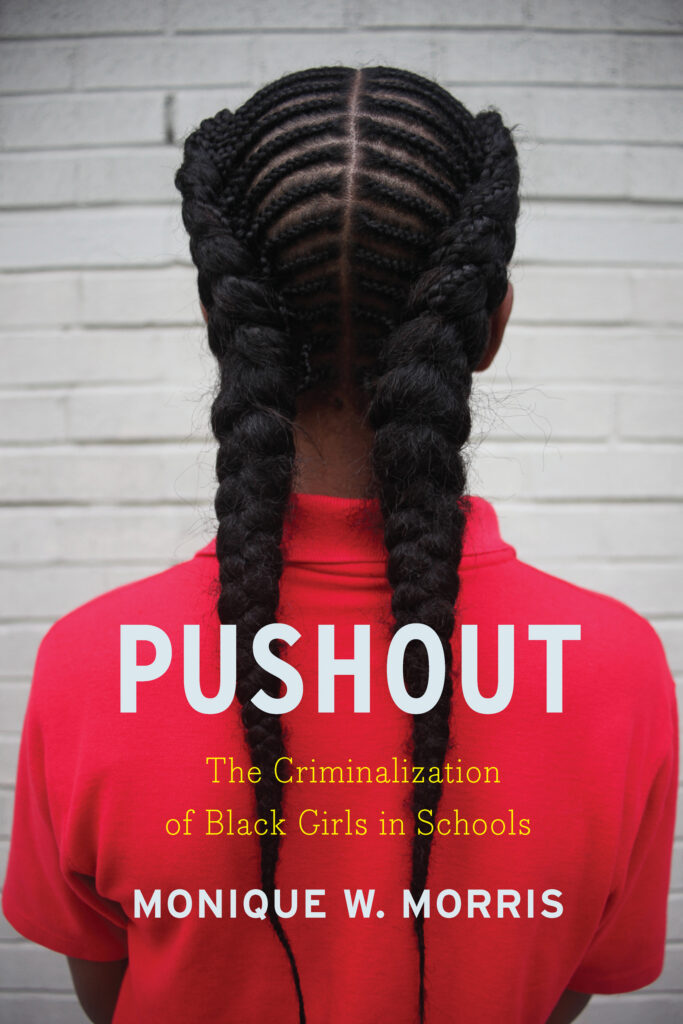
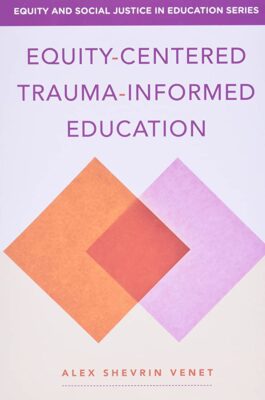
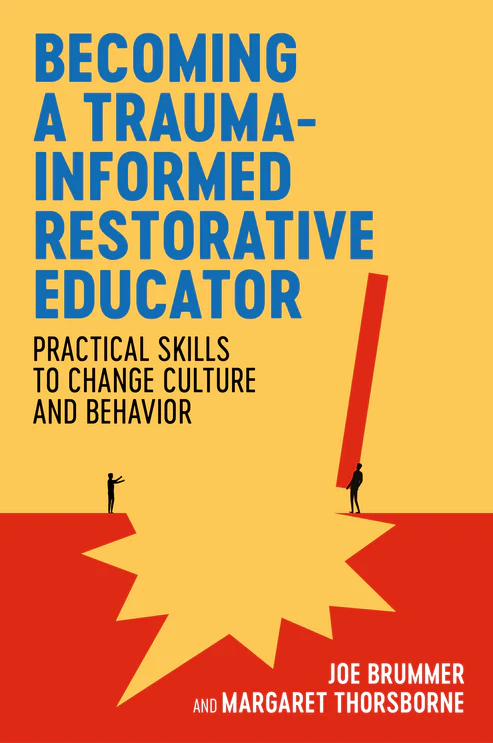
Join our mailing list and get weekly tips, tools, and inspiration that will make your teaching more effective and fun. You’ll get access to our members-only library of free downloads, including 20 Ways to Cut Your Grading Time in Half, the e-booklet that has helped thousands of teachers save time on grading. Over 50,000 teachers have already joined—come on in.


